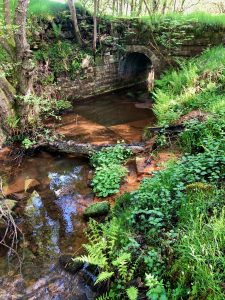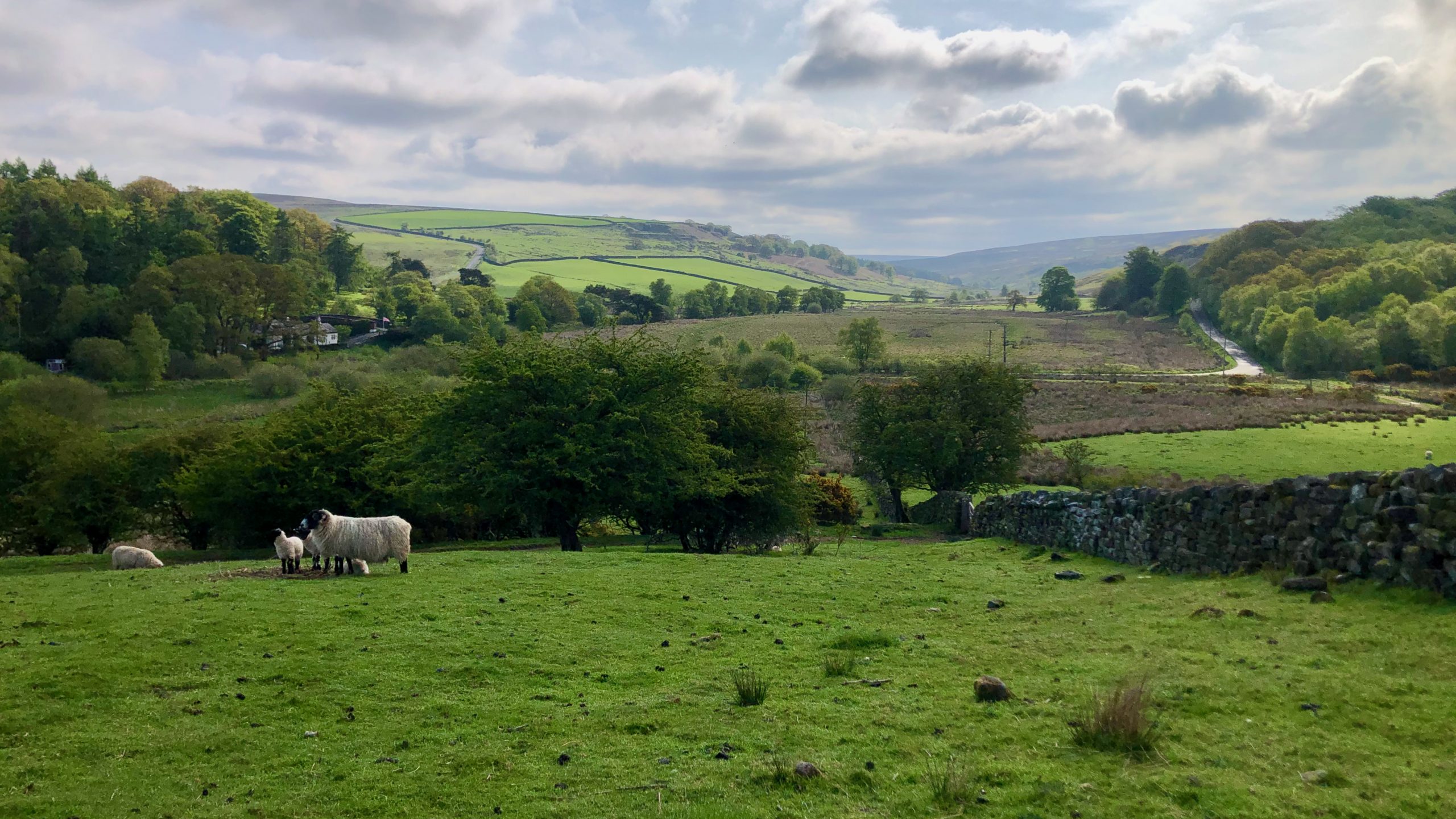Welcome to the picturesque col, or pass, connecting Commondale and Kildale. Here, the nascent River Leven gracefully meanders through this marshy terrain, making its entrance from the right, just this side of the road to West House, a scene of a horrific murder. The river then finds itself in a state of contemplation, torn between a path eastward into Commondale or westward into Kildale. It is thought that before the last ice age; the river chose the eastern route, becoming a tributary of the River Esk.
This is also a place of historical significance — the old fish pond with its tale of tragedy when its dam wall burst in 1841. The resulting devastation rippled downstream, wreaking havoc on towns and villages such as Great Ayton and Stokesley.
Since the Middle Ages, a fish pond has existed at Kildale, located behind the fortified manor house of the Percy family. It would have likely served as a bountiful source of fish for the baronial household, ensuring delectable Friday feasts.
Around 1831, an earth embankment, creating a larger dam, was constructed approximately two kilometres upstream. It is widely believed that this was accomplished by the Bell-Livesey family, who were the owners of the Kildale estate at the time. Today, the remains of this upper dam wall are clearly visible where it is bisected by the Esk Valley railway1Archer, David. “land of Singing Waters.” Page 199. 1992. The Spedden Press..
On the morning of 22 July 1841, an intense rainstorm centred around Commondale, and the upper catchment of the Leven. The Reverend J. Ibbetson, Vicar at Ayton, documented the events in the parish register:
It filled the upper lake at Kildale, near Westhouse, so that the weir of it, though 3 feet deep and 40 feet wide could not contain the water issuing – it therefore ran over all the length of the embankment. During the previous 9 years since the formation of the lake, the Water was never known to be above 10 inches deep on the weir. About 3 o’clock a.m., the embankment gave way and the water rushed over the adjacent fields with great fury, carrying down the two stone bridges between the upper and lower lakes. The lower lake endured the augmented torrent for another hour or more until the great part of the upper lake had passed into it, then it burst and came down the narrow defile with great fury and rapidity. An old mill, about the eighth-of-a-mile below Kildale church was completely swept away, the very foundations could not be traced in the washen rock, a bleaching mill a quarter-of-a-mile lower was nearly all washed down and many trees etc. washed up and thrown together in the wildest confusion!

After the failure, a court case ensued as downstream residents decided to sue the dam owner. While specific details regarding the case have not been uncovered, an intriguing local tradition persists. It tells the tale of how the dam owner managed to evade prosecution by asserting that the calamity was an Act of God.
Just before the earth bank remains of the old dam wall, the footpath crossed this exceedingly well constructed bridge over the Leven.
Initially, I assumed its connection to the old dam, but after carefully examining the old O.S. maps, I have come to the conclusion that its intended function was probably to serve as a railway siding that led to a nearby whinstone quarry. Who knew there was a quarry this far up Kildale?
It must have had a brief existence. The 1853 map offers no hint of its presence, and by 1893, only the remnants of earthworks are depicted, indicating that the quarry had been long abandoned.
- 1Archer, David. “land of Singing Waters.” Page 199. 1992. The Spedden Press.

Leave a Reply